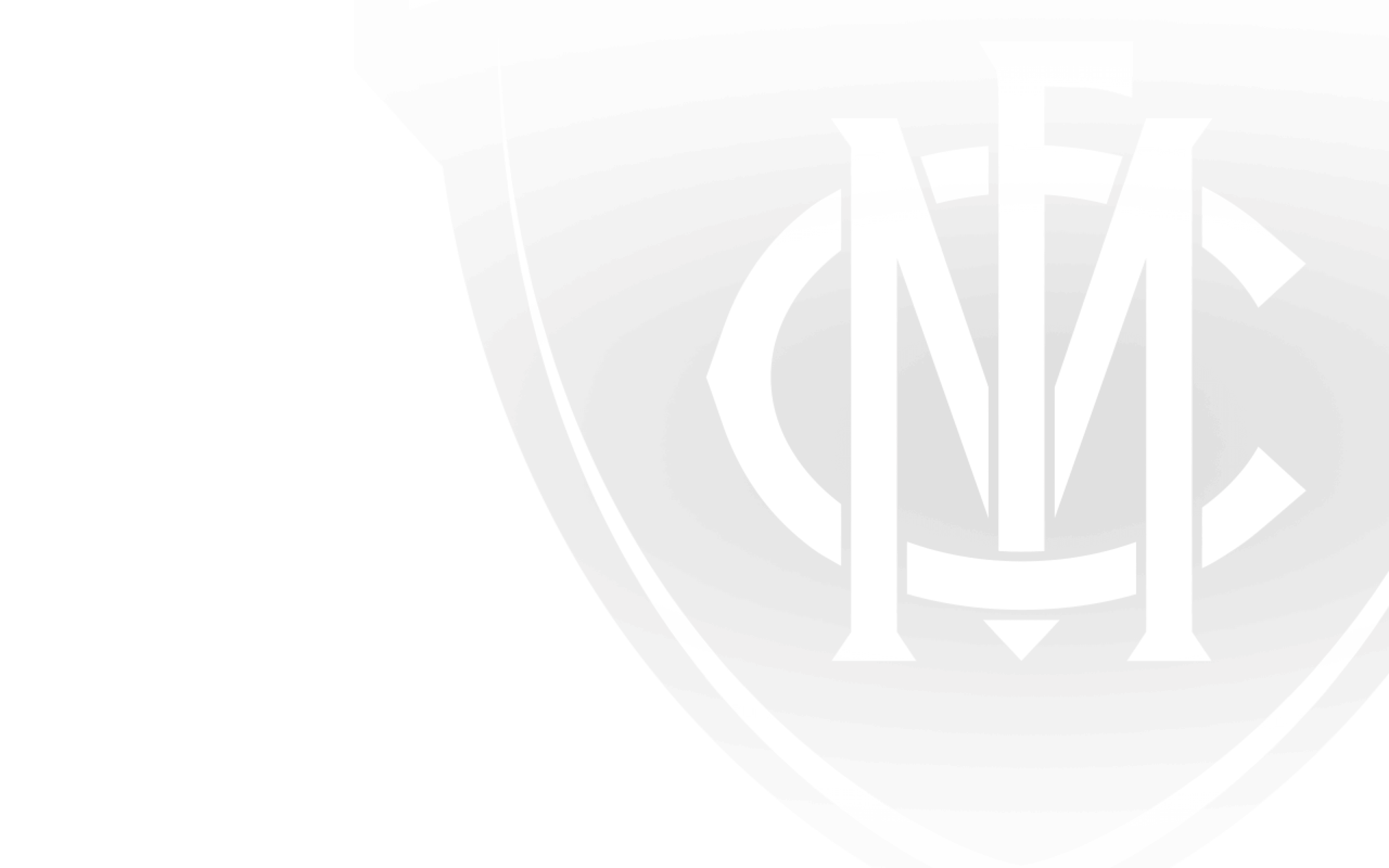THE TWO STANDOUT performers from Monday’s game against Collingwood were undoubtedly Mark Jamar and Brent Moloney, with both players reaching career-best disposal figures. But when you drill down even further into the statistics, it becomes clear that individually they have been brilliant in 2010, and even more so as a ruck-midfielder combination.
Many have questioned the effect that tap ruckman can have on a game of football - once the ball hits the ground it is usually the midfielders who battle it out. In 2010, however, it seems attitudes have changed and the value of a good ruckman has become quite clear.
We have seen the impact that injuries to ruckmen can have on a team’s success. The Hawks currently sit 14th in stoppage clearances, and 12th in their ability to score from them, with their ruck stocks having been depleted for most of the season.
On the other side of the coin are the Sydney Swans, who traded in two ruckmen from other clubs with instant success - Mark Seaby made an immediate impact before being injured in round six, while Shane Mumford has earned enormous praise for his tackling pressure and second efforts around stoppages. Both Sydney ruckmen add weight to the theory that the big guys tend to take a lot longer to develop, much like our own Jamar.
Jamar is second only to Aaron Sandilands in hitouts to advantage in 2010, with 26% of his hitouts directed straight to a teammate. Add to that his contribution to clearances - Jamar is ranked fourth in clearances among the recognised ruckmen - and it becomes obvious that this is definitely a breakout year for the 26 year-old.
Moloney amassed a career-high 38 possessions against Collingwood, and sits firmly in the competition’s top 20 in total disposals. With a total of 72 clearances for the year, only West Coast’s Matt Priddis has cleared the ball from stoppages more than Moloney.
Together, Jamar and Moloney have become the most effective ruck-mid combination in the competition. They have combined 32 times at stoppages, seven more than Fremantle’s Aaron Sandilands and David Mundy. While 32 times in 12 matches does not seem like much, this figure only includes distinct hitouts to advantage which result in a midfielder gaining possession - and more often than not resulting in a clearance. These occasions are invaluable to a side, providing the closest thing to a “pure” stoppage as you can get.
Looking closer at centre bounces in particular, the figures start to become even more compelling. There have been a total of 327 centre bounces over the 12 Melbourne matches thus far - Jamar has been involved in almost 80% of those bounces, Moloney just over 70%.
Youngsters Jack Trengove (32%), Jordie McKenzie (38%) and Jordan Gysberts (11%) have all been thrust into the middle this year, showing good signs for the future of the Demons’ midfield success. Interestingly, Tom Scully has attended only nine centre bounces in 2010 as he has been used primarily off the wing.
With the likes of Jamar and Moloney in great form this season, it has allowed the Demons to remain competitive at stoppages in particular. And considering that over 37% of scores in the competition have come from stoppages in 2010, our midfield is definitely heading in the right direction.
Stats courtesy of Champion Data and Prowess Sports
Stats incredible: The rise of Jamar and Moloney
THE TWO STANDOUT performers from Monday’s game against Collingwood were undoubtedly Mark Jamar and Brent Moloney, with both players reaching career-best disposa


